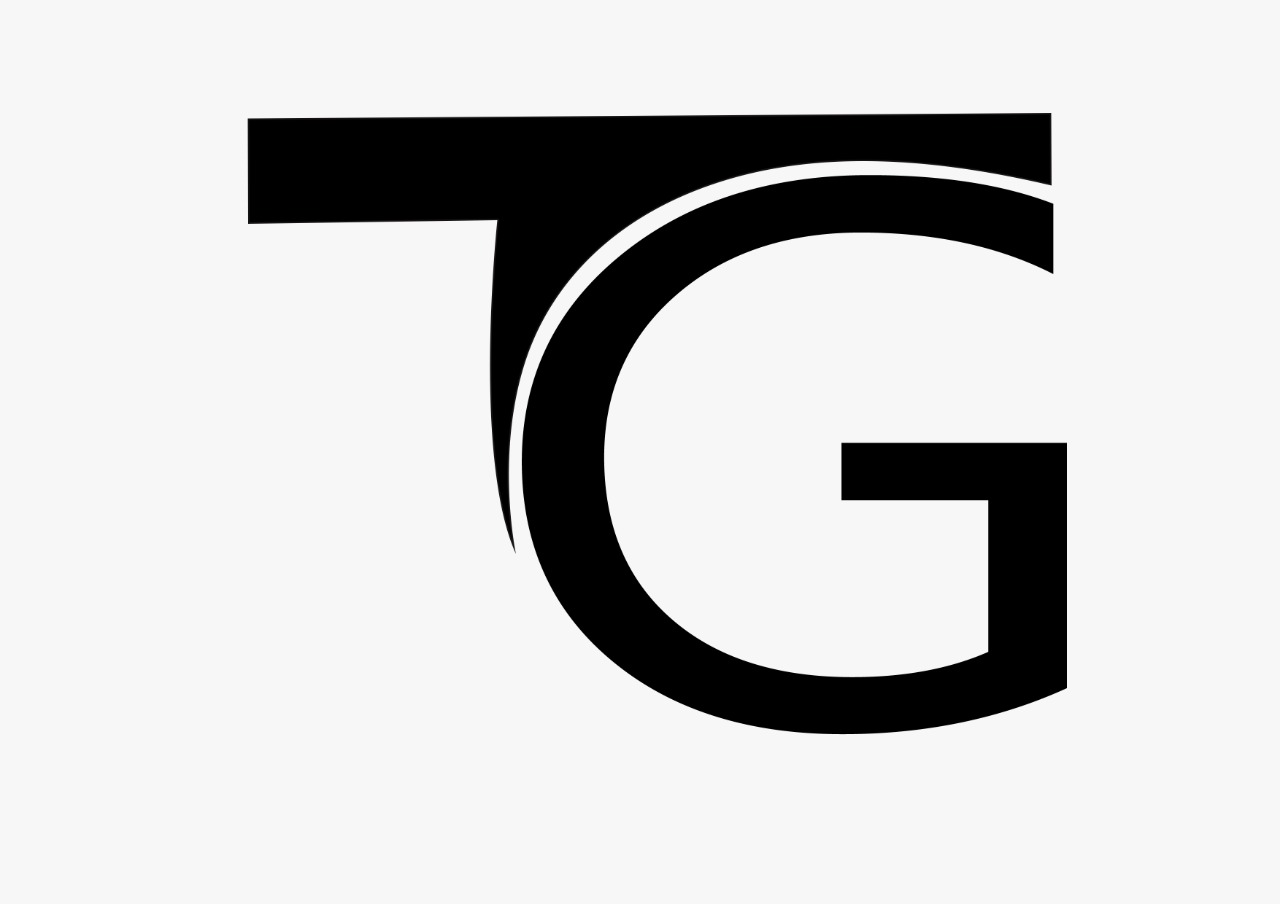GMAT
If you are preparing for Graduate Management Aptitude Test GMAT 2015 which is now a computer-adaptive test, then first you need to have the GMAT Syllabus 2015 in detail. You also need to know the Exam Pattern of GMAT. So here is the GMAT Syllabus with Exam Pattern and PDF download option is also available.
The GMAT tests your ultimate skills and does not need any subjective study. GMAT paper test comprises of 4 segments. The GMAT exam consists of 3 main parts which are, Analytical Writing Assessment, Quantitative segment and Verbal segment.
GMAT 2015 Syllabus and Exam Pattern
The GMAT test consists of four separately timed sections.
| Section | Number of Questions | Duration |
| Analytical Writing Assessment | Argument Analysis | 30 minutes |
| Optional Break | 10 minutes | |
| Quantitative Segment | Total 37 Multiple Choice | 75 minutes |
| 15 Data Sufficiency | ||
| 22 Problem Solving | ||
| Optional Break | 10 minutes | |
| Verbal Skills Section | Total 41 Multiple Choice | 75 minutes |
| 12 Critical Reasoning | ||
| 14 Reading Comprehension | ||
| 15 Sentence Correction | ||
| Integrated Reasoning Section | 12 Questions | 30 minutes |
- The Analytical writing segment comprises of two short essays to be written in 30 minutes each one. The first essay is Analysis of an Issue on which you have to explain your views. The second essay is Analysis of a Dispute, in which a given argument has to be critically analyzed.
- Quantitative Section Quantitative segment has questions based on Problem Solving and Data Sufficiency, total 37 questions with a time limit of 75 minutes.
Problem solving and data sufficiency questions require basic knowledge of:
Arithmetic, Elementary algebra, Commonly known concepts of geometry, Permutations and combinations, Linear equations, Ratio and proportions, integers, exponents and roots etc.
- GMAT Syllabus for Verbal skills
The Verbal Segment has questions based on Critical Reasoning, Sentence Correction and Reading Comprehension, total 41 questions with a time limit of 75 minutes.
Sentence correction, comprehensions and passages, critical reasoning, parallelism, rhetorical construction of sentences, misplace modifiers, countable vs uncountable etc.
- GMAT syllabus of Integrated Reasoning
Graphic interpretation, multisource reasoning, table analysis, two part analysis questions
